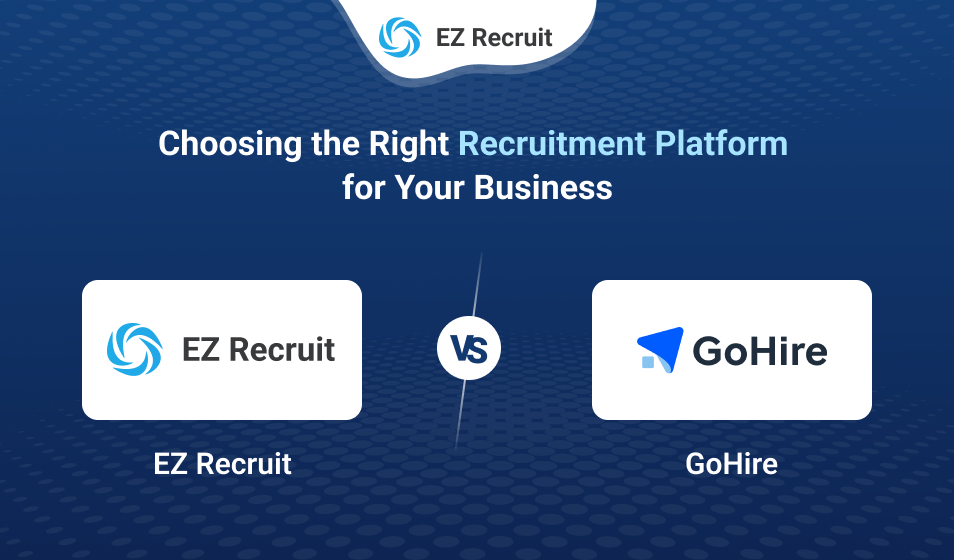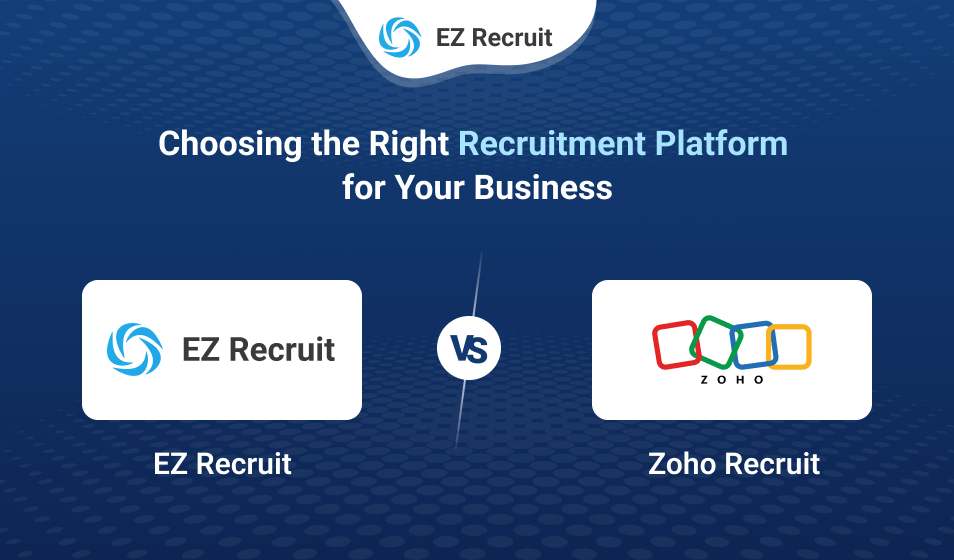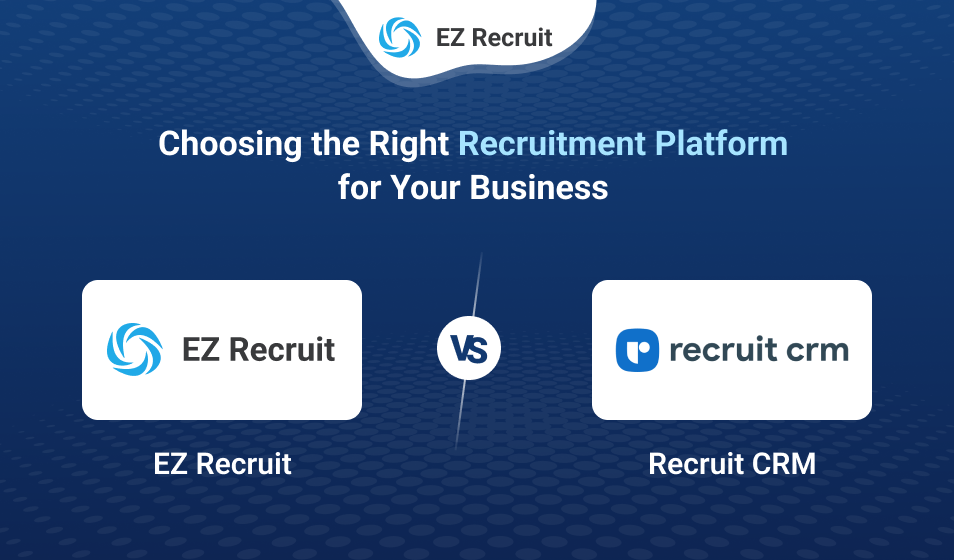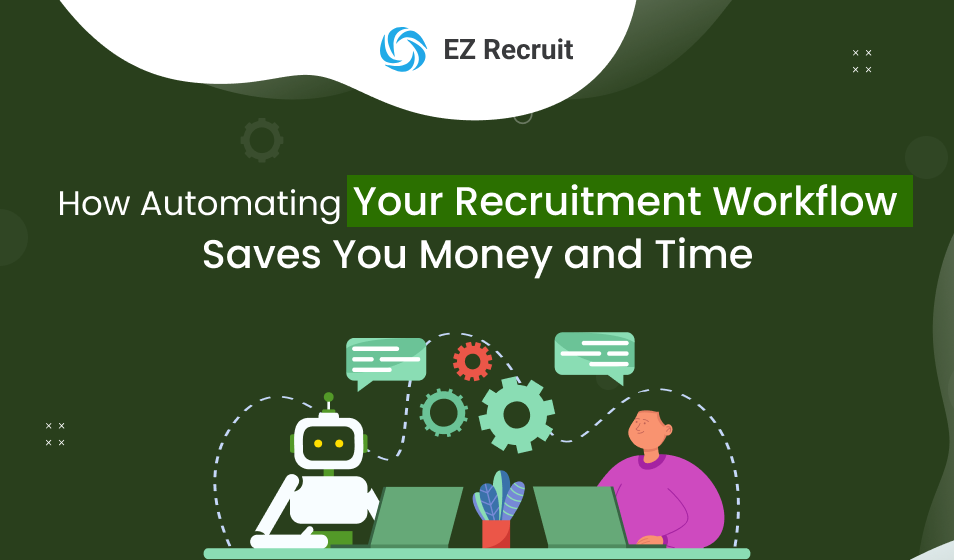In today’s hyper-competitive talent market, building and maintaining a strong pipeline of qualified candidates is more than a nice-to-have, it’s essential. But nurturing relationships with potential hires across various touchpoints, at scale, is no small feat. That’s where CRM automation steps in as a game-changer.
A well-integrated Candidate Relationship Management (CRM) system, powered by automation, enables HR teams and recruiters to engage, track, and convert talent with far greater efficiency and personalization. In this blog, we’ll explore how CRM automation can be used to develop robust talent pipelines and why it might be the best strategic investment your recruitment team can make this year.
Why Talent Pipelines Matter
Before diving into automation, let’s address the basics. A talent pipeline is a pool of engaged candidates who are qualified for current or future roles within your organization. These individuals may not be actively looking for a job today, but they’re interested in your brand and open to opportunities.
A well-maintained pipeline reduces time-to-hire, improves the quality of hires, and ensures that you’re not starting from scratch every time a position opens. However, maintaining these pipelines manually is time-consuming, error-prone, and often leads to inconsistent candidate experiences. That’s where CRM automation enters the picture.
What is CRM Automation in Recruitment?
CRM automation refers to the use of technology to automate the repetitive and operational aspects of managing candidate relationships. It combines traditional CRM functions like contact management and communication tracking with automation features such as personalized email sequences, tagging, scoring, and scheduling workflows.
Think of it as a smart assistant that helps you stay top-of-mind with top talent, without the need to constantly follow up manually.
6 Ways to Use CRM Automation to Nurture Talent Pipelines
-
Automated Candidate Segmentation
Not all candidates are at the same stage in the journey. Some might be passive talent you’ve sourced from LinkedIn; others might be former applicants or internal referrals. With CRM automation, you can automatically segment candidates based on:
- Skills and experience
- Engagement level
- Geographic location
- Past application status
- Time since last interaction
This segmentation allows for highly targeted communication, increasing relevance and engagement.
-
Personalized Drip Campaigns
One of the most powerful applications of CRM automation is the ability to set up nurture email campaigns tailored to specific candidate segments. For example, if you’re building a pipeline for frontend developers, you can automate a monthly newsletter featuring coding challenges, blog posts, or updates about your engineering team. These personalized touchpoints help establish trust and keep your company top of mind, even if the candidate isn’t ready to make a move yet.
-
Engagement Scoring
Not all candidates engage equally. CRM automation tools can assign scores based on actions like:
- Opening emails
- Clicking on job postings
- Updating profile information
- Attending events or webinars
High-engagement candidates can be flagged for outreach by your recruiting team, while low-engagement profiles can be re-targeted with more relevant content. This helps prioritize efforts and ensures no great candidate falls through the cracks.
-
Timely Follow-Ups and Reminders
Automation ensures that no one forgets to follow up. You can set triggers for actions such as:
- “Send a follow-up email 3 days after the application.”
- “Remind recruiter to call candidate after interview.”
- “Notify hiring manager when candidate reopens job email.”
This reduces delays and keeps the recruitment process moving smoothly without adding manual workload.
-
Candidate Journey Mapping
CRM automation allows you to map out the entire candidate journey from the first point of contact to the final offer and optimize it at every stage. With automation:
- Candidates receive consistent messaging
- Delays in communication are reduced
- Feedback loops become faster
This level of consistency enhances your employer brand and improves candidate experience, both of which are crucial for attracting top talent.
-
Re-engagement Campaigns for Dormant Talent
What happens to great candidates who didn’t make it through the final round six months ago? With CRM automation, you can design re-engagement campaigns that revive dormant talent in your database. Whether it’s announcing a new job opening, sharing updates about company growth, or inviting them to an event, these campaigns ensure you don’t lose touch with talent who’s already expressed interest in your organization.
-
Integration with ATS and Career Sites
Many modern CRM platforms can integrate directly with your Applicant Tracking System (ATS) and career site. This means you can:
- Automatically capture new leads
- Sync candidate data across systems
- Monitor the full funnel from sourcing to offer
By centralizing this information and automating communication flows, your team gets a holistic view of the talent pipeline, enabling better, faster hiring decisions.
The Conclusion
CRM automation isn’t just about saving time, it’s about building meaningful, scalable relationships with future employees. In a world where candidate experience can make or break your reputation, automation allows you to maintain a human touch at scale. By investing in CRM tools with strong automation capabilities, you empower your recruitment team to move from reactive hiring to proactive talent engagement, creating a steady pipeline of qualified, engaged candidates who are ready when you need them.
Ready to Future-Proof Your Talent Strategy?
It becomes essential for your business to revisit its talent management approach when manual processes still control stream management. The combination of speed together with structured organization and customized capabilities from CRM automation enables modern businesses to succeed in competitive employment markets. Recruitment automation represents the future because it extends beyond conventional digital approaches. Discover how the system fits into your company book a demo that allows you to witness its functions directly. Please contact us for assistance if you want to discuss specific use cases or require help understanding implementation details.





